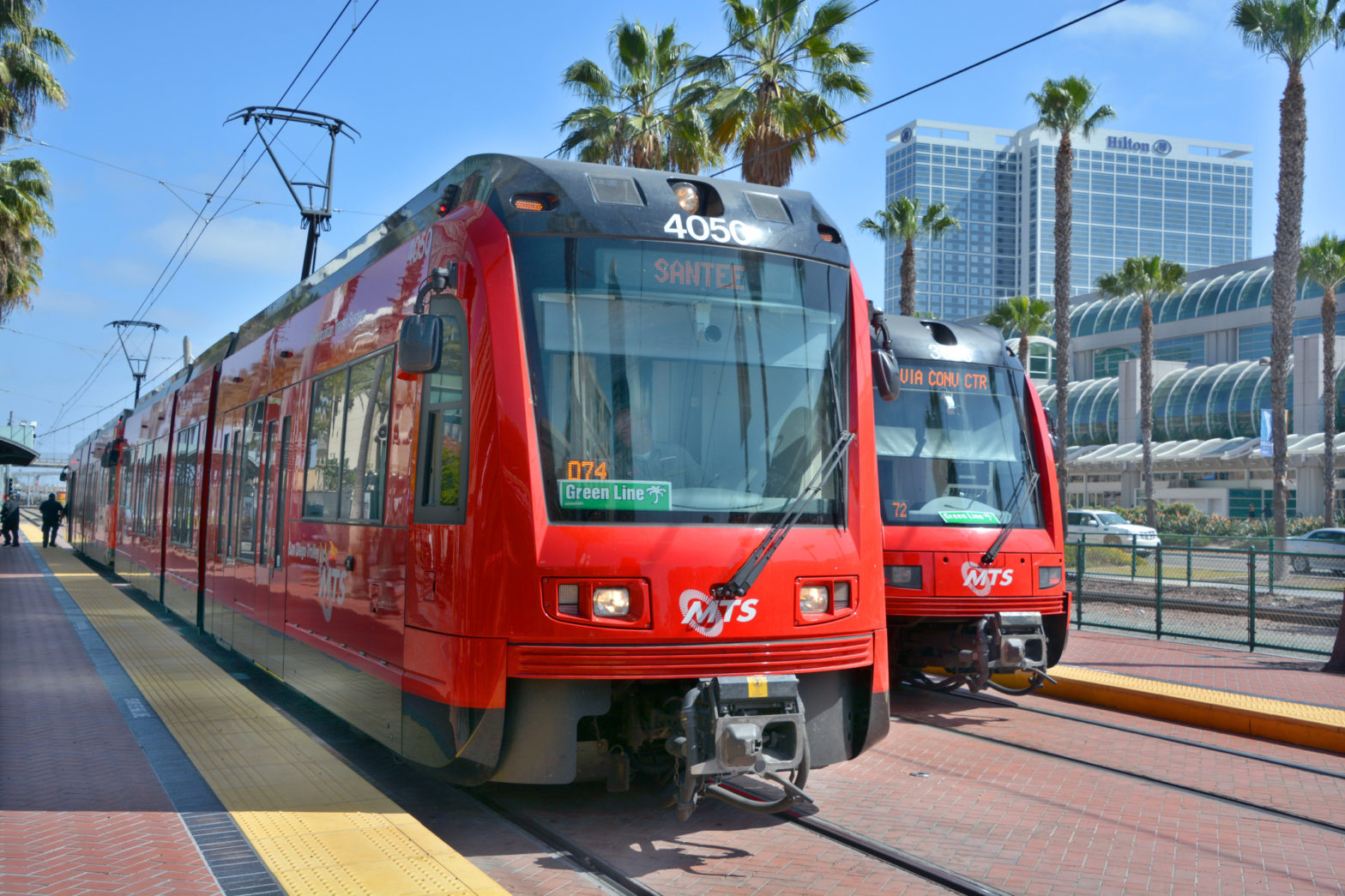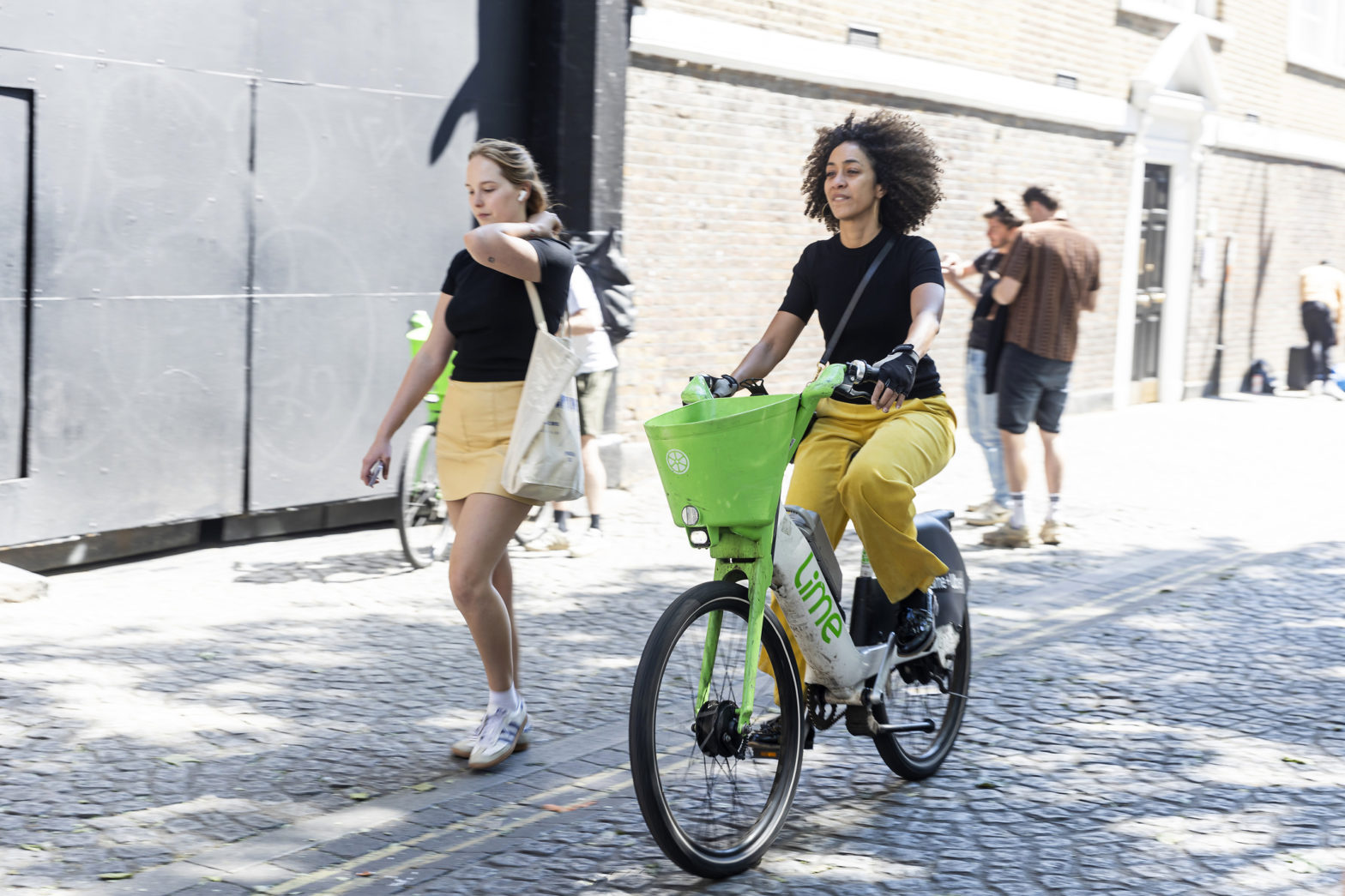
San Diego adopts data-driven Mobility Master Plan
29 April 2025
by William Thorpe
San Diego has released its first-ever Mobility Master Plan (MMP), marking a shift towards a more coordinated and evidence-based approach to transport planning.
The plan consolidates over 10,000 potential mobility projects into a prioritised portfolio of nearly 400, focused on delivering safer, more sustainable, and equitable movement across the city.
Developed over two years, the MMP outlines a strategic framework to improve the city’s multimodal infrastructure–supporting walking, cycling, public transport and emerging mobility options. Using a combination of community input, technical analysis, and inter-agency collaboration, the city has aimed to ensure the plan reflects both local needs and long-term policy objectives.
Speaking to Cities Today, a spokesperson from the City Planning Department explained: “By prioritising projects in areas with the greatest needs, the MMP lays out a clear list of investments that can be analysed when funding is available. Resources are invested where they are needed most and where they make the best use of every available city dollar.”
Targeted investment through geospatial analysis
A key innovation lies in the plan’s use of geospatial modelling to identify 11 “Focus Areas” where transport investments can deliver the greatest impact. These areas were selected through analysis of more than 20 datasets, including population growth, safety records, and infrastructure gaps.
Projects were then ranked using criteria aligned with the city’s Capital Improvement Programme, as well as additional indicators such as cost-effectiveness and connections to future growth.
The MMP includes 15 mobility programmes in addition to physical infrastructure projects. These range from “Slow Streets” designed to enhance pedestrian safety and community interaction, to improved “Curbside Management” that addresses the growing demand for shared mobility and delivery space.
Each programme is accompanied by an implementation sheet detailing cost estimates, timelines, lead departments and potential funding sources–designed to support city budgeting as well as external grant applications.
Aligning with climate and safety goals
Safety is a central theme of the roadmap, supporting the city’s Vision Zero goal of eliminating traffic-related deaths and serious injuries. Infrastructure solutions–such as protected cycle lanes, raised crossings, and roundabouts–are prioritised to reduce conflicts and protect vulnerable road users.
The strategy also plays a role in delivering San Diego’s Climate Action Plan, which targets a 15 percent reduction in vehicle miles travelled (VMT) per capita by 2035. The framework promotes mode shift by supporting improved access to active and public transport, with targets set at 25 percent walking, 10 percent cycling, and 15 percent transit mode share. Strategies include “flex lanes” for buses and shuttles, and “mobility hubs” that integrate various transport options in key locations.
An equity lens is embedded throughout the plan. Focus Areas were partly determined using the City’s Climate Equity Index to ensure transport upgrades are directed to historically underserved communities.
“Providing safe, convenient, and affordable multimodal mobility options is essential to uplifting all communities,” the spokesperson noted.
Monitoring progress and sharing lessons
Monitoring will take place on a four-year cycle, with mid-cycle reviews and performance indicators–such as infrastructure delivered, VMT reduction, and transit ridership–made publicly available via an online dashboard.
The MMP also builds on outreach conducted during the city’s Climate Action Plan update and was shaped by feedback gathered at events, through online platforms, and via partnerships with community-based organisations.
With the roadmap now approved, implementation will begin as funding becomes available.
Councilmember Stephen Whitburn, Chair of the Council’s Active Transportation and Infrastructure Committee, remarked: “This plan moves us closer to a city where everyone can walk, bike and use transit easily and safely.”
Image: Meunierd | Dreamstime.com







